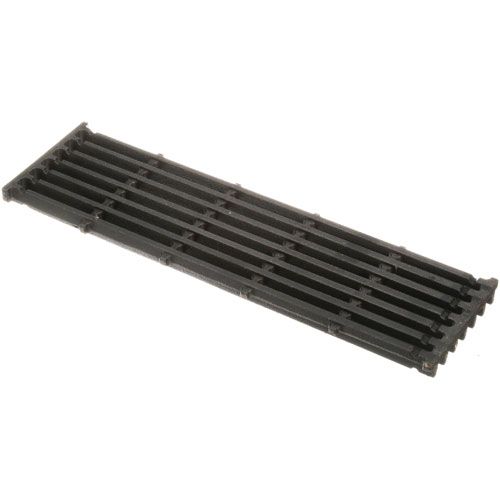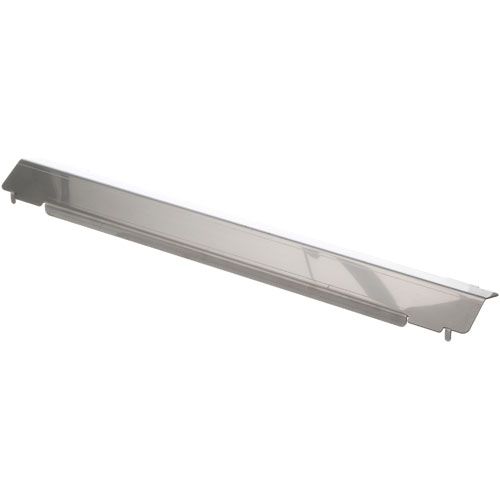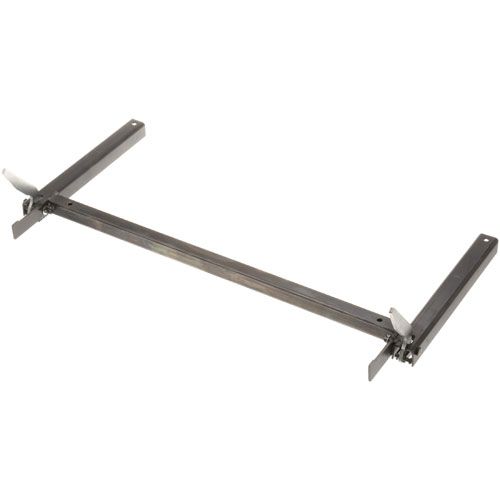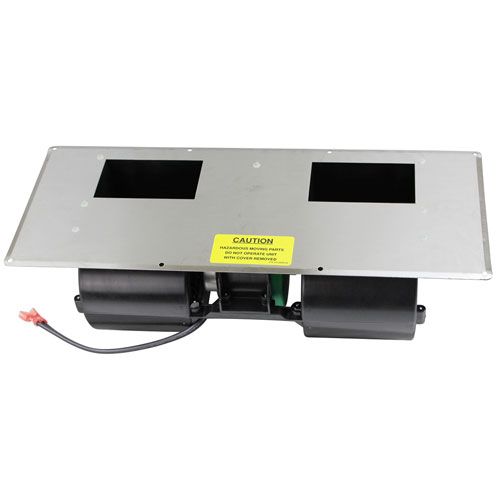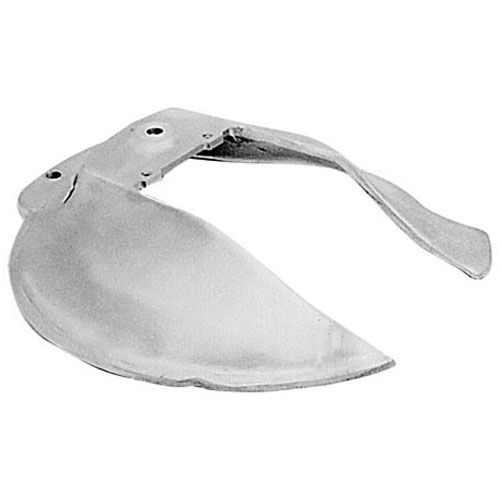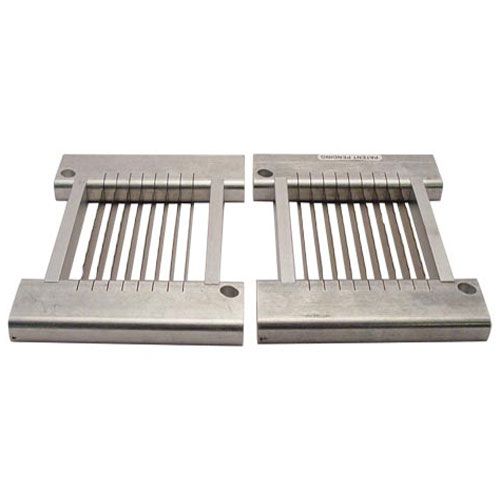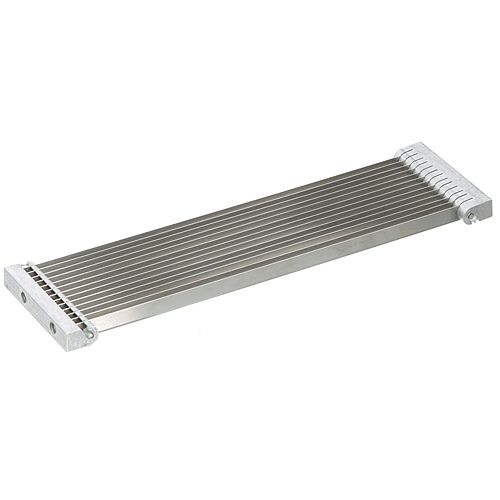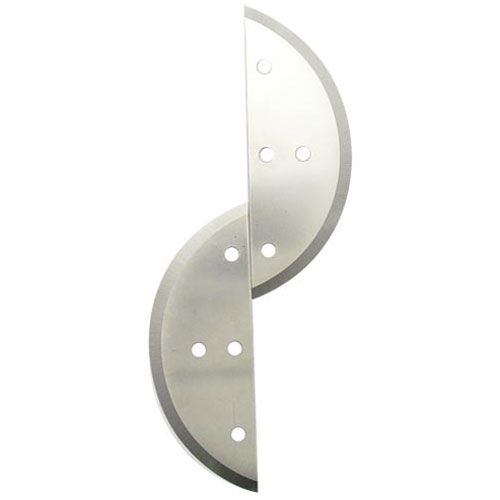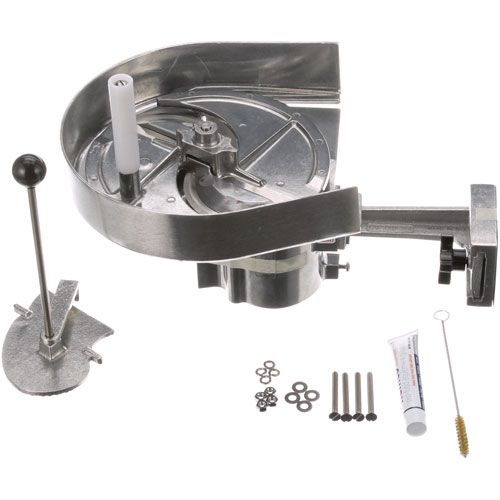Globe Meat Slicer Parts Troubleshooting: Here's How to Fix
If your Globe meat slicer isn’t working as it should, troubleshooting the Globe slicer parts is often the first step to get it back in top shape. Whether it's the blade, motor, or any other component, identifying the problem early can save you time and money. This guide walks you through common issues and provides practical solutions for repairing your meat slicer. From ensuring proper alignment to addressing motor malfunctions, we’ve got you covered. Follow these troubleshooting steps to quickly fix the most frequent problems and keep your slicer performing at its best. Whether you’re a professional in the kitchen or using the slicer at home, these tips will help you resolve issues efficiently.
Understanding Your Globe Meat Slicer Parts and Their Functions
Learning about the components of Globe Meat Slicer Parts enables better troubleshooting and maintenance practices. A meat slicer operates through multiple essential components which function together to achieve its operational goals.
-
Blade: The blade functions as the main component of the slicer because it performs the actual meat cutting operation. A proper alignment and sharpness of the blade ensures clean even slices. A blade that is not sharp enough or not properly aligned will produce irregular cuts that stress the motor unnecessarily.
-
Motor: The motor operates the slicer through its movement and rotational functions. The slicer will not function properly when the motor develops a malfunction. Routine maintenance checks combined with cleaning operations will extend the lifespan of the motor.
-
Carriage: The meat rests on this section before it gets sliced. The carriage system moves in a linear motion to guide the meat into the blade which produces uniform slices. A clean and properly lubricated carriage system enables the slicer to function smoothly.
-
V-Belt: The V-belt functions as a power transfer component which links the motor to the blade. A V-belt that is loose or damaged will cause the slicer to perform poorly and potentially lead to a complete breakdown of the machine.
-
Sharpener: Globe slicers with automatic sharpeners help users maintain their blades' edges. Regular sharpening ensures optimal performance.
Knowledge of Globe slicer parts and their operational uses enables users to quickly detect issues while sustaining the best possible working state for their machine.
Looking for reliable meat slicer parts? At PartsFe, we offer a wide range of high-quality replacements for your slicer, including blades, motors, belts, and more. With trusted brands like Intedge, Globe and fast shipping, we ensure your equipment stays in top condition. Shop now for all your Globe food slicer parts!
Common Issues with Globe Meat Slicers
Globe meat slicer parts demonstrate high reliability yet their components encounter typical operational problems as any other equipment. The following list includes the most common problems Globe meat slicers experience:
Globe Meat Slicer Blade Issues
A meat slicer blade that lacks sharpness or alignment produces rough and irregular slices which makes it difficult to cut through the meat.
Solution: Daily blade sharpening will produce regular smooth slices while preserving blade effectiveness. To prevent uneven slicing you should realign the blade when it becomes misaligned. The blade needs complete replacement when it becomes severely damaged or dull. Rooted in proper care your blade will last longer with improved operational output.
Globe Meat Slicer Motor Problems
The meat slicer motor operates poorly because of problems that stem from electrical malfunctions or deteriorating motor components.
Solution: Check the motor for electrical problems while inspecting all loose connections. Regular cleaning of the motor will help maintain its operating temperature while ensuring smooth operation. Unusual noises from the motor or persistent malfunctioning should lead you to replace any damaged components. Routine inspections prevent performance problems from occurring.
Globe Meat Slicer Belt and Gear Troubles
The improper rotation of the blade occurs when a worn or loose or broken meat slicer belt fails to function properly.
Solution: Check the V-belt for signs of damage and replace it when you detect loose or damaged areas. Examine the gears for proper alignment and check that they remain intact and undamaged. Regular cleaning of both belt and gears ensures smooth operation and prevents operational failure.
Globe Meat Slicer Safety Switch Malfunctions
The slicer will either fail to start or stop unexpectedly when the safety switch malfunctions. The safety switch may fail to operate because of debris buildup or because of a defective component or improper alignment.
Solution: Wipe down the safety switch to eliminate any material which could block its operational function. Check the switch functionality to verify proper operation. The replacement of a defective switch with a new one will restore the safety features of the slicer.
The Globe Meat Slicer thickness setting
A stuck or broken thickness adjustment prevents the slicer from achieving the desired meat thickness during operation. The mechanism or debris accumulation can cause this problem.
Solution: Remove all blockages and debris which block the movement of the thickness adjustment. Add lubrication to the adjustment mechanism to ensure it operates without resistance. The problem can be solved by inspecting damaged components and installing new ones to restore normal operation.
Also, check out this comprehensive Garland Convection Oven Troubleshooting Guide for expert tips and resolving common issues.
Cleaning and Maintenance Tips to Prevent Globe Meat Slicer Issues
The proper maintenance and cleaning of Globe meat slicer parts will extend its operational life while ensuring peak performance. Regular maintenance procedures protect your equipment from blade dullness as well as motor failure and operational breakdowns. Here are some key tips:
-
Blade Care: You should clean the blade immediately after every use to eliminate meat residue and other debris. Regular sharpening of the blade helps maintain perfect cleaning and accurate food cuts. Look for signs of wear or damage on the blade before deciding to replace it.
-
Motor Maintenance: Maintain the motor by cleaning it while removing all dust particles. Check all electrical connections are tight while inspecting the motor for possible wear indications. Regular cleaning of the vents will prevent overheating while maintaining smooth operation.
-
Carriage and Slicing Mechanism: Regular cleaning of the carriage and moving parts with food particle removal will prevent slicer jams. The moving parts need lubrication to achieve smooth and effortless slicing operations. You should inspect the equipment for both obstructions and signs of wear during regular checks.
-
V-Belt and Gears: Check the V-belt and gears for signs of wear then replace them when needed. The removal of grease and debris from these parts through cleaning will help prevent friction that reduces efficiency.
-
Thickness Adjustment: Regular cleaning of the thickness adjustment mechanism will stop debris from blocking its movement. Apply lubrication to the adjustment mechanism to achieve both easy operation and precise slicing results.
-
General Cleaning: You should clean the slicer with warm soapy water using a soft cloth after each usage. A brush should be used to clean areas that are difficult to reach. The use of harsh chemicals should be avoided because they can damage the components of the slicer.
By performing these cleaning practices and maintenance steps according to the recommendations you will protect your Globe meat slicer from operational problems while extending its lifespan.
Check out this guide on cleaning a commercial deep fryer for useful tips, maintaining, and regular cleaning prevents issues are essential for optimal performance.
Signs It’s Time for a New Globe Meat Slicer Parts
The Globe slicer parts undergo deterioration through time which leads to reduced operational effectiveness. It is vital to notice signs that indicate part replacement will maintain your slicer's seamless operation. The following signs indicate your slicer needs replacement.
-
Blade Dullness: The meat slicer blade needs replacement when blade sharpening fails to restore its cutting ability or when it produces irregular slices. A dull blade reduces the efficiency of slicing operations so you should replace the meat slicer blade to achieve better slicing quality.
-
Motor Overheating: The meat slicer motor should not overheat during regular cleaning or produce strange noises because this indicates internal damage. A malfunctioning motor affects performance. A replacement of the motor becomes necessary when it stops working properly.
-
Broken or Worn V-Belt: The meat slicer blade will either stop rotating or work improperly when the V-belt shows signs of cracking or wear or becomes loose. The slicer requires a new belt when the existing one becomes too damaged for repair. The replacement of the belt ensures proper machine operation.
-
Carriage or Gear Malfunctions: The slicer will stop functioning when the carriage moves with uneven motion or when gears become stripped. The parts play an essential role in maintaining smooth operation. The continued operation of the machine requires replacement of worn-out carriage and gear components.
-
Thickness Adjustment Failure: The thickness adjustment mechanism failing to respond will result in inaccurate slicing. A replacement part becomes necessary when cleaning and lubrication do not solve the issue because it guarantees accurate adjustments for flawless slicing.
Preventing Future Problems with Your Globe Meat Slicer
The lifespan of your meat slicer depends on preventive measures which also minimize repair expenses. The maintenance of Globe slicer parts leads to sustained operational excellence. These guidelines will help you maintain smooth operation of your Globe meat slicer:
-
Routine Cleaning: You must clean your slicer with each use to eliminate food particles together with grease and debris. Buildup formation is prevented which extends the lifespan of parts before they start to wear out.
-
Regular Inspections: Regular visual checks of blades and motors and belts and gears should be performed to detect any signs of damage. Detecting issues at their onset will stop expensive machine breakdowns from occurring.
-
Proper Storage: Place your slicer in a dry environment that is free of moisture to prevent rust formation. When your slicer remains unused for long periods you should place a cover over it to shield it from environmental debris and dust.
-
Use as Intended: The slicer should not receive excessive workload and must only handle tasks it was built to perform. The motor and its components experience unnecessary pressure which leads to early breakdowns.
Also, check out this guide on replacing a commercial dishwasher water inlet valve to avoid dishwasher malfunctions and ensure your water inlet valve is functioning properly.
You need to maintain your Globe meat slicer parts correctly for extended life and peak operational results because regular inspection and component cleaning (blade, motor, and belt) helps stop damage thereby decreasing unexpected equipment failures. The function of each part including blade sharpness, motor efficiency along with belt tension allows you to spot and solve problems early to avoid major issues. Your slicer runs with ease and its lifespan grows longer through planned maintenance which also saves operating time.
A well-maintained slicer with proper replacement of its parts will operate optimally in both professional environments and home kitchens. Regular maintenance that includes cleaning and lubrication of the motor and blade along with inspections will produce reliable and consistent outcomes. Your equipment retention as a reliable tool for an extended period depends on consistent maintenance together with prompt component replacements.
FAQs
Can I use the Globe food slicer for both meat and cheese?
Yes, the Globe food slicer is capable of slicing both meat and cheese. Just make sure to clean the blade between slices to avoid cross-contamination and ensure slicing quality.
How to sharpen a globe meat slicer?
Press the sharpener down - Pull the handle of the knife sharpener towards the front, ensuring you keep pressure on the sharpener for 3-5 seconds.
Are meat slicers easy to clean?
Although meat slicers may appear complicated, they are actually easy to clean with proper disassembly and cleaning methods, such as taking out the blade and washing all components with hot, soapy water.
Why are slicers better than filters?
Slicers are generally preferred to filters in data visualization tools such as Power BI since they provide a more interactive and user-friendly experience through the capability to filter data on the report page itself


